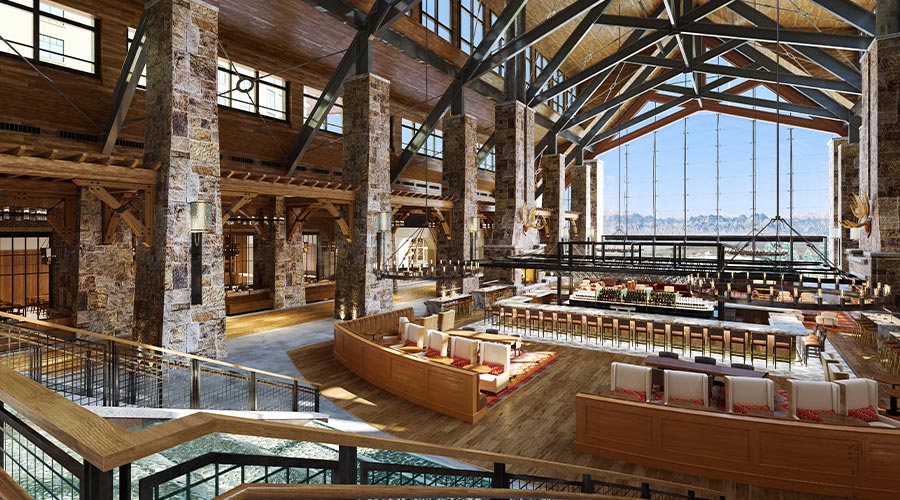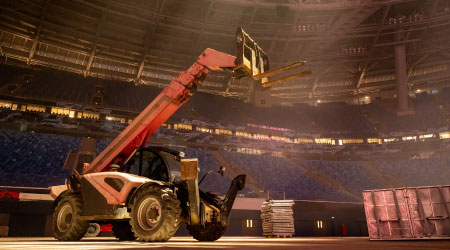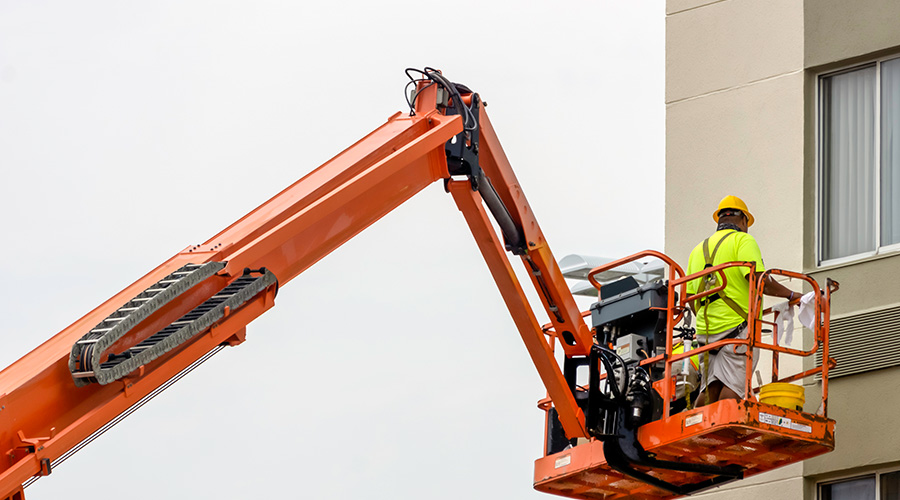Recycling Container Considerations
Recycling programs often fail due to poor container design. To ensure the effectiveness of recycling programs, managers need to specify and purchase recycling containers that are properly designed and ergonomically correct. Containers must be designed with several considerations in mind.
In many programs, the containers are simply an afterthought. In one program, a container looked beautiful — and cost nearly $600 — but it completely confused users trying to recycle materials. The result? Users threw so much trash in the recycling container that all of the contents were thrown in the garbage. To avoid such problems, managers should consider several key elements of container design.
Recycling containers often feature multiple openings that have the same design. This design does not work. To effectively collect paper, the container's opening should have a slot for paper and be too small for anything else. For cans and bottles, a small, round opening is best. For trash, a large opening works.
A recycling container's shape and color can affect the message, as well as the container's effectiveness. The goal is to collect commodities for recycling, so the container needs to communicate this.
One effective strategy is to use green containers for food waste, blue containers for general recycling and black containers for trash. In other words, managers need to think of recycling containers as an exercise in product packaging. Good design generally equals good results. The containers also should use images rather than words. The signage should be visually based.
Ease of use is another critical design element. Are the containers in locations that are easy to use? Do they make it easy for users to understand use requirements — what to put where and how to put it there? Are they easy for department staff to empty? Failure to consider container design and placement is likely to result in cross-contamination, frustration and increased costs.
Related Topics:













